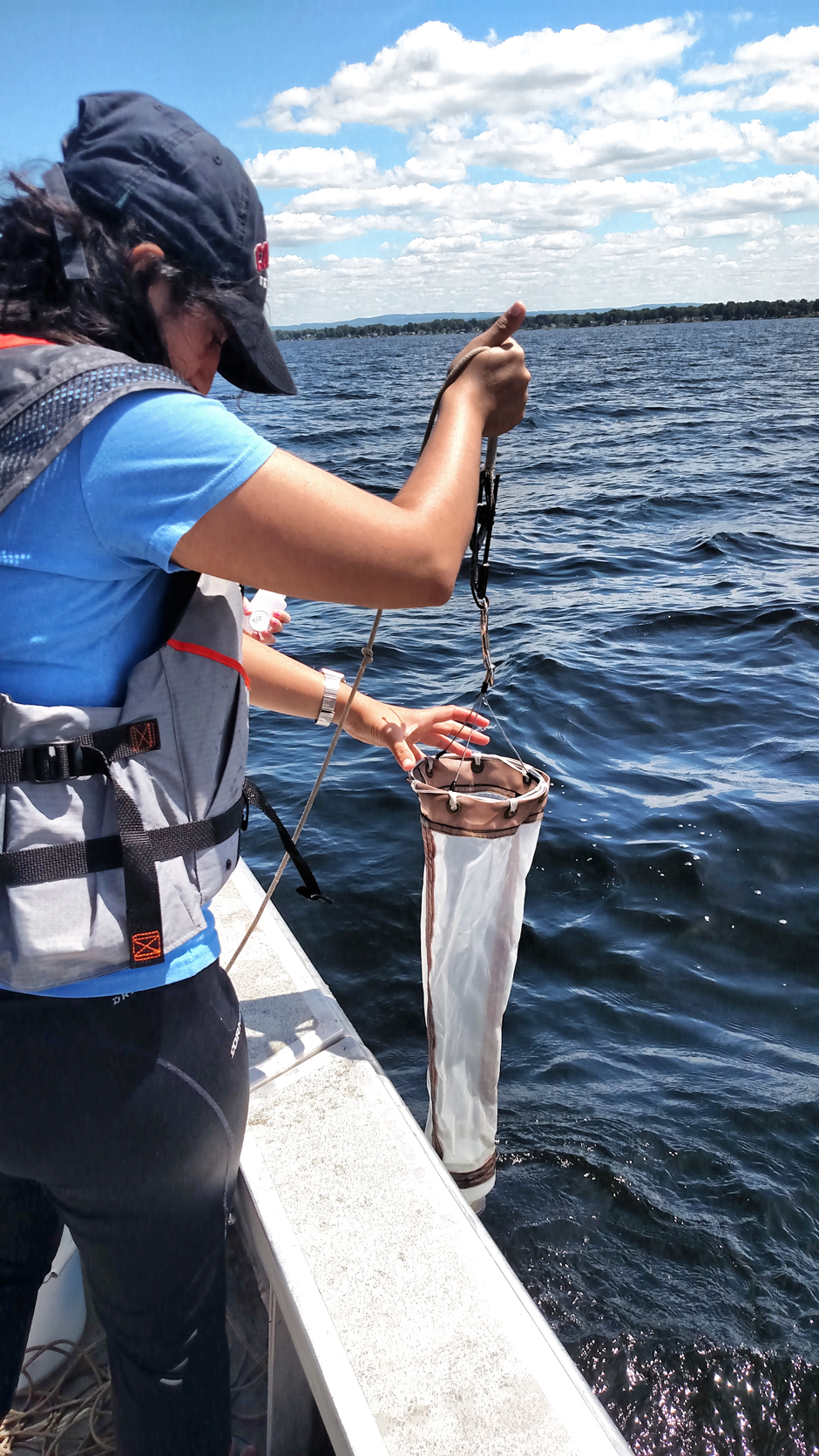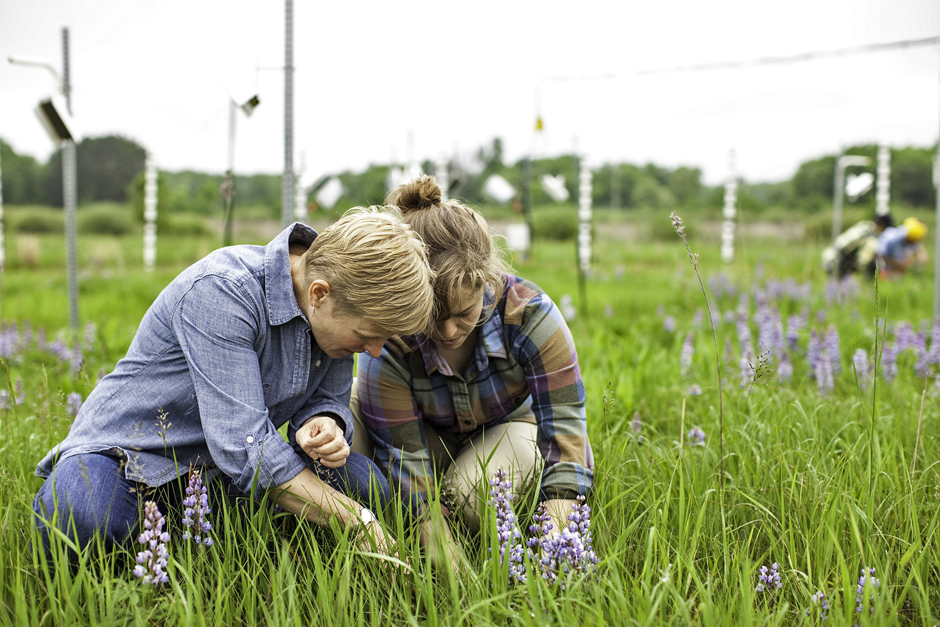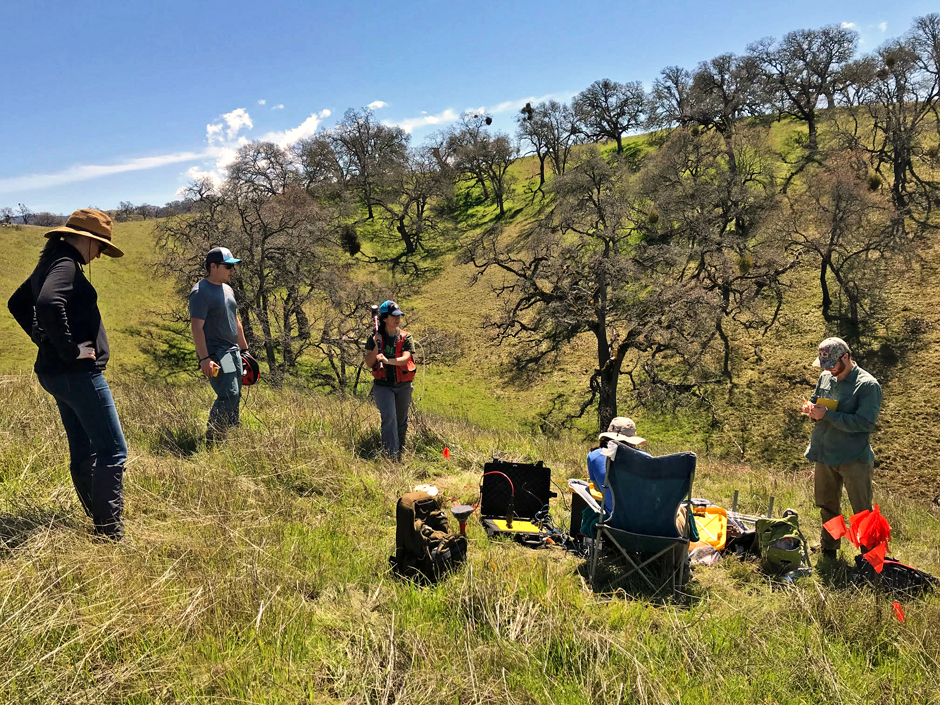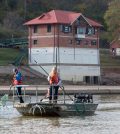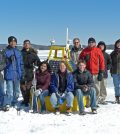Posts for tag "OBFS"
Cornell University Biological Field Station at Shackelton Point: Monitoring New York’s Largest Interior Lake for Sixty Years
Shackelton Point data includes records on various lake aspects that go back 50 years or more, making lake trends emerge more clearly to researchers.
- Posted August 14, 2019
University of Minnesota’s Cedar Creek Ecosystem Science Reserve: Making Significant Contributions to Ecosystem Studies and Environmental Monitoring since the 1940s
Cedar Creek Ecosystem Science Reserve has a proud history of significant monitoring work that goes back to the beginning of the field of ecosystem ecology. It is also the site of several of the longest field studies...
- Posted July 31, 2019
CICHAZ Biological Field Station Provides A Unique Educational and Research Experience in Mexico’s Huasteca Region
Swordtail research leads to the realization of a dream: a biological field station in an understudied region of Mexico.
- Posted July 11, 2019
Heart of Monitoring: Blue Oak Ranch Reserve Takes the Pulse of the Wild
California’s Blue Oak Ranch Reserve features blue oaks, tiger salamanders and sites for valuable environmental research projects including parasitology.
- Posted June 5, 2019
From Abalone to Zooplankton: Sitka Sound Science Center Works to Monitor Health of Alaska’s Marine Life
Monitoring marine species both great and small, Alaska’s Sitka Sound Science Center keeps track of the health of fish, kelp, copepods and more.
- Posted April 29, 2019
Remote Mount Desert Rock Marine Field Station a Challenging But Rewarding Haven For Research
Mount Desert Rock offers unique research opportunities and austere beauty to high school, undergraduate and graduate students. Its surrounding waters feature humpback, minke, fin and northern right whales.
- Posted April 19, 2019
Thomas More Biology Field Station: More Than 50 Years of Great River Research
Thomas More Biology Field Station tracks Ohio River health, raises freshwater mussels and Eastern hellbenders, monitors for HAB and more.
- Posted January 11, 2019
From Alkalinity to Zebra Mussels: Murray State’s Hancock Biological Station Reveals Trends Via Long-Term and Real-Time Environmental Monitoring
Murray State’s Hancock Biological Station, a Center of Excellence in Kentucky, uses environmental monitoring to elucidate the inner workings of its large reservoir system
- Posted December 18, 2018
From Acid Rain to Cyanobacteria, Cary Institute of Ecosystem Studies is a Leader in Environmental Monitoring
New York’s Cary Institute has a long history of important environmental monitoring contributions, from pivotal acid rain research to long-term road salt monitoring.
- Posted December 6, 2018
From Scrub-Jay DNA to Cycles of Carbon, Water and Fire: Archbold Biological Station Offers A Deep Look at Conservation
Archbold Biological Station is a wildlife research haven in the heart of Florida with extensive long-term records for rare species, fire, floods and more.
- Posted November 20, 2018
When Green Isn’t Good: Cyanobacterial Toxin Knowledge and Toxicity Forecast High on Stone Lab’s List of Research Pursuits
Ohio State’s Stone Lab researchers make headway in understanding Microcystis toxin production and predicting toxicity of HAB events in the Lake Erie region.
- Posted October 25, 2018
Longleaf Pines Imbue Virginia’s Blackwater Ecological Preserve with Rich History
A member of the Organization of Biological Field Stations (OBFS), the Blackwater Ecological Preserve boasts longleaf pine communities, rare plants and artifacts.
- Posted October 5, 2018


